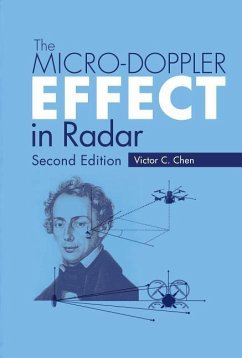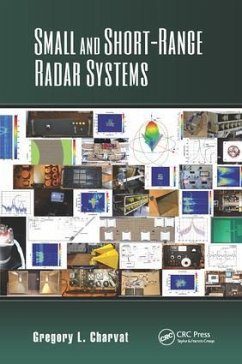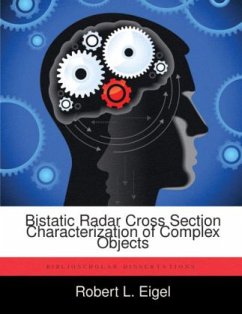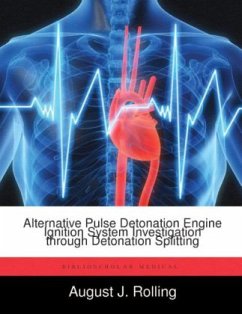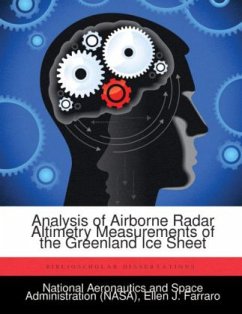
Nonlinear Suppression of Range Ambiguity in Pulse Doppler Radar
Versandkostenfrei!
Versandfertig in über 4 Wochen
54,99 €
inkl. MwSt.

PAYBACK Punkte
27 °P sammeln!
Coherent pulse train processing is most commonly used in airborne pulse Doppler radar, achieving adequate transmitter/receiver isolation and excellent resolution properties while inherently inducing ambiguities in both Doppler and range. As first introduced by Palermo in 1962 using two conjugate LFM pulses, the primary nonlinear suppression (NLS) objective involves reducing range ambiguity, given the waveform is nominally unambiguous in Doppler, by using interpulse and intrapulse coding (pulse compression) to discriminate the received ambiguous pulse responses. By introducing a nonlinear opera...
Coherent pulse train processing is most commonly used in airborne pulse Doppler radar, achieving adequate transmitter/receiver isolation and excellent resolution properties while inherently inducing ambiguities in both Doppler and range. As first introduced by Palermo in 1962 using two conjugate LFM pulses, the primary nonlinear suppression (NLS) objective involves reducing range ambiguity, given the waveform is nominally unambiguous in Doppler, by using interpulse and intrapulse coding (pulse compression) to discriminate the received ambiguous pulse responses. By introducing a nonlinear operation on compressed (undesired) pulse responses within individual channels, ambiguous energy levels are reduced in channel outputs. The proliferation of high-speed digital signal processing capability and discrete code development occurring since 1962, greatly improves the feasibility of implementing NLS using code sets of multiple codes.







